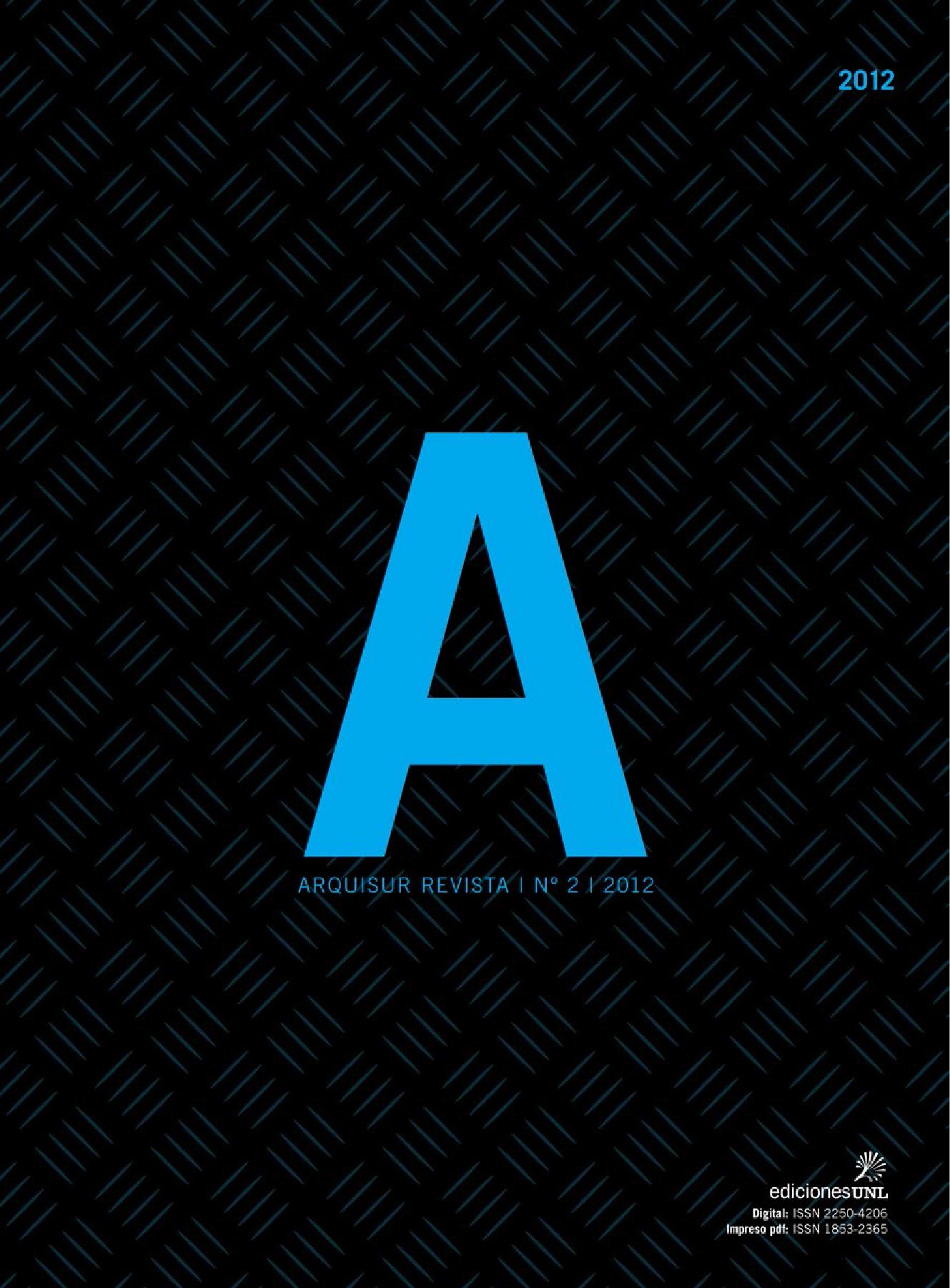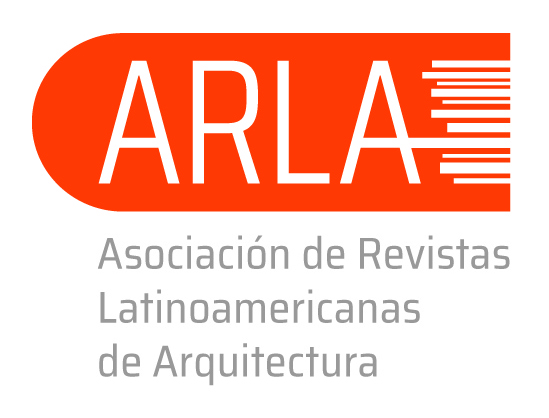Privacy vs. efficiency
The skip-floor planning in Modern Movement’s collective housing buildings
DOI:
https://doi.org/10.14409/ar.v1i2.930Keywords:
apartment; Americanism; duplex; 3-2 system; skip-floorAbstract
Within the main strategies of the Modern Movement, a thing that insistently appears is the so-called 'planning in section': housing rooms enclosed in vertically-displaced story buildings. Resorting to Wells Coates' words, the traditional flat apartment has evolved into other models, with distinct single-story not flat solutions. Such strategy brought multiple advantages, from higher space efficiency, by reducing the collective flow of people, to the minimization of noise level transmission from between adjacent rooms.
The most classic model is likely that of Unité d'Habitation de Marseille (1947-52), by Le Corbusier, but before and after that, several models were built, a lot of them in America, boasting geometries even more intricate and complex.
Several of such models are presented, as well as the thought behind them, seeking particularly the ones publicized in reviews, showing a certain common working line in that dates.
Published
How to Cite
Issue
Section
License
ACCESO ABIERTO
ARQUISUR Revista es una publicación de acceso abierto y sin ánimo de lucro. No se imputan cargos por la recepción, revisión, evaluación, publicación ni acceso a sus contenidos. Se distribuye bajo una Licencia Creative Commons CC Atribución-NoComercial-SinDerivadas 4.0 Internacional (CC BY-NC-ND 4.0): No se permite un uso comercial de la obra original ni la generación de obras derivadas. Esta licencia no es una licencia libre, y es la más cercana al derecho de autor tradicional.
DESCARGO
Los criterios expuestos en los artículos son de exclusiva responsabilidad de sus autores y no reflejan necesariamente la opinión del Comité Editorial ni de la Dirección Editorial Técnica. Los derechos de los artículos publicados pertenecen a sus autores o editoriales. Los autores ceden sus derechos de publicación al Centro de Ediciones de la Universidad Nacional del Litoral de Santa Fe, Argentina.














